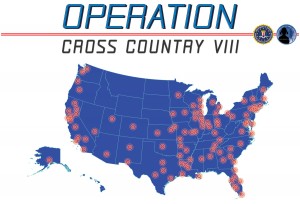
One of the most successful national operations targeting child sex trafficking was conducted by the FBI and local, state and federal law enforcement agencies as part of the week-long Operation Cross Country initiative to combat child sex trafficking. Under this initiative, 281 traffickers were arrested and 168 children were recovered. The most recent sting operation was the eighth of its kind and netted the most victims and perpetrators to date, bringing the lifetime total impact of this operation to 2,600 children rescued and 1,450 perpetrator convictions resulting in lengthy sentences and seizure of more than $3.1 million in assets. And while this operation remains a shining example of how 392 agencies in 106 cities can collectively work to disrupt illicit trafficking operations guised as, still illegal, prostitution businesses, buyers were not represented in official sting statistics. In fact, buyers were barely mentioned despite their role as the root cause for this crime.
The trafficking market follows the basic economic principles of supply and demand. As demand increases, so does supply. In the case of child sex trafficking, as demand for sex with children increases, traffickers strive to supply trafficking victims to those willing to pay. Many buyers operate on a common false assumption that the payment they make to the prostituted victim contributes to the victim’s financial well-being. False. A buyer’s payment is simply handed over to traffickers who use it as incentive to further victimize and exploit more children to meet the demand.
So why did buyers escape exposure for their arguably largest contribution to the crime? Online public buyer forums were abuzz with warnings of police activity in cities around the nation during the sting, sharing news and location information about law enforcement activity to help their mongering peers avoid criminal detection. These apparently invisible offenders seemed to have little to fear as they were a rare mention in operation reports. Perhaps law enforcement agencies prioritized the most imminent threat, traffickers. Or perhaps buyers went unreported due to their underestimated role in the crime. Whatever the reason, it was a major miss in the fight to end child sex trafficking. If the source of the crime is not addressed, it will continue to flourish. New traffickers will realize the economic potential in selling children. New children will be victimized to meet the demands of the buyer. The cycle of supply and demand will continue unabated until demand is recognized and prioritized as the most immediate threat to our nation’s children.
The FBI Innocence Lost Task Force Operation Cross Country initiative has had big wins in the fight against child sex trafficking. Add buyers to the operation focus and Operation Cross Country has the potential to be the anti-trafficking juggernaut, crushing the selling and buying that perpetuates the victimization of children through sex trafficking.
 Rep. Judge Ted Poe and Senator John Cornyn cross-filed the End Sex Trafficking Act of 2013 on July 24, 2013. The bill has the purpose of clarifying the federal Trafficking Victims Protection Act (TVPA) and its criminal provision, 18 USC 1591, to include actions by buyers – through the verbs “patronizes or solicits” – as offenses of sex trafficking.
Rep. Judge Ted Poe and Senator John Cornyn cross-filed the End Sex Trafficking Act of 2013 on July 24, 2013. The bill has the purpose of clarifying the federal Trafficking Victims Protection Act (TVPA) and its criminal provision, 18 USC 1591, to include actions by buyers – through the verbs “patronizes or solicits” – as offenses of sex trafficking.








